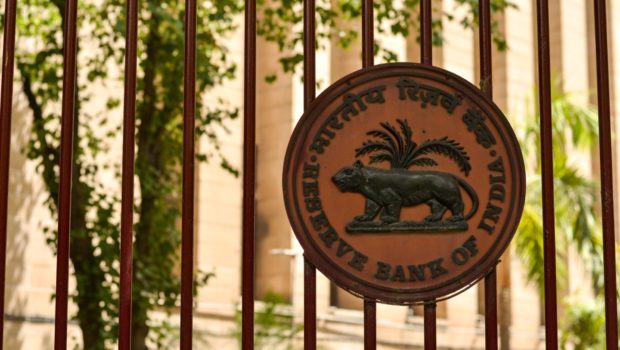Revamping the Loan Recollection Exercise With Technology To Drive Recovery Strategy
As the expiry of this moratorium comes closer, banks and NBFCs have a new challenge, i.e., the biggest loan recollection exercise in their history, in a time of economic slowdown
3 min read
Opinions expressed by Entrepreneur contributors are their own.
You're reading Entrepreneur India, an international franchise of Entrepreneur Media.
COVID-19 and the consequent lockdown had a severe impact on businesses and day-to-day lives of millions of Indians. As a strategic response to the situation, the government of India announced several relief measures including a moratorium on EMI repayment until August 31, 2020. The move made it important for banks and non-banking financing companies (NBFCs) to realign their liquidity management and business expansion plans.
As the expiry of this moratorium comes closer, banks and NBFCs have a new challenge, i.e., the biggest loan recollection exercise in their history, in a time of economic slowdown. The exercise is also very important given the rising NPA levels at financial institutions. Here’s how technology can be of great advantage on this journey.
Analytics
Data analytics capabilities help financial institutions trace down high risk accounts, and bucket them based on the account’s risk profile. Few low-ticket size accounts may not have a favorable cost-to-benefit ratio to invest further resources in recovery, while, for certain high-ticket accounts even partial recovery could be worthwhile. Analytical models can factor in multiple metrics such as credit scores, relationship history, transaction history and psychometric profile, among others, to identify high priority accounts, so that the recovery teams can allocate their resources accordingly.
Digitized Outreach
While there is no denying the importance of on-ground collection teams to expedite the recovery, overdependence upon them could slow down the process besides being expensive. But during times like these, NBFCs would also not like to be seen as pushy and insensitive, last couple of months executives across levels and teams have reached out to borrowers, to give that personal touch, while ensuring their message is getting across .
In the longer term however, automated and digitized outreach, can bring an important positive change to collections operations for financial institutions. For example, they can subscribe to smart digital platforms that allow them to access the borrower’s smartphone with due consent. This effectively converts the device into a virtual collateral. Once this is done, an innovative over-the-air communication protocol can help the lender reach the borrower even when he is offline, out of cellular coverage area or unwilling to answer the calls. This eliminates the need for sending SMSes or setting up a huge call center for outreach.
Digital Payments Over Cash
With significant improvement in the digital payments infrastructure, repayment can easily be facilitated using several options including UPI, credit and debit cards, net-banking, digital wallets and so on. Lenders can educate borrowers about the ease of using these options and reduce the challenges of walking up to a branch to repay or take out cash from ATMs or bank branches.
Apart from deploying an efficient recovery mechanism, banks also need to sensitize borrowers how paying on time may benefit them and open up more financial services and larger loans in future. This goes a long way towards ensuring a sustained cash flow for them and building a healthy financial culture in the country, as we recover from the economic ripples of COVID-19.








Gloss